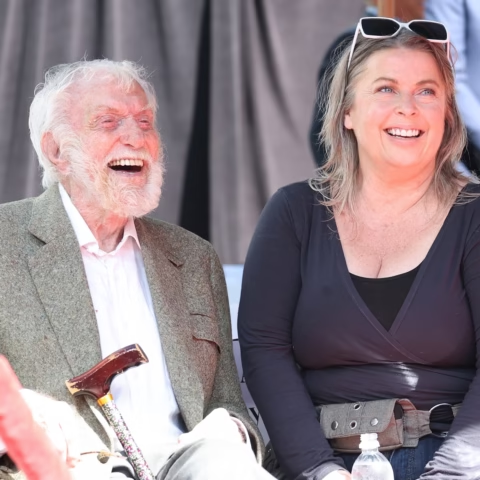“Mimicking Matter with Light,” by Charles D. Brown II, discusses a phase of matter called a Bose-Einstein condensate (BEC) acquiring a geometric phase, “a term in the mathematical description of its quantum phase that determines how it evolves.” The article mentions the BEC picking up a geometric phase of pi (π) in one experiment, and it shows a full circle in an accompanying graphic. Later it depicts a phase of 2π with two full circles.
I understand that a geometric phase has no physical interpretation, which the article also mentions. But I am still confused because a single full circle is usually associated with 2π, as I remember from my telecommunications engineering studies, which had a lot of math as their base. Can you clear up this seeming contradiction?
BROWN REPLIES: As described in my article, the BEC’s quantum state acquired a geometric phase of π when it was moved around a Dirac point—a position where two energy bands take on the same value—and a phase of 2π when it was moved around another type of singularity called a quadratic band touching point (QBTP). In both the Dirac point and singular QBTP experiments, we measured the quantum state of the BEC along the same circular path: it went around either point exactly once. We observed, however, that in the Dirac case, the BEC’s quantum state rotated once, whereas in the singular QBTP experiment, it rotated twice.
I don’t make the claim that π is enough to complete a full circle. Rather, after completing a circle in momentum space, the BEC picked up a geometric phase of π. While 2π is associated with completing a circle in mathematics, our measurements are about the geometric phase accumulated by the BEC’s wave function after it completes a circle around either the Dirac or singular QBTP.

In “Divided Mindset” [Mind Matters], Jer Clifton discusses his research finding that liberals and conservatives have fundamentally different beliefs about whether the world is inherently hierarchal. The article resonated with my own effort to understand the growing, and destructive, divide among free people. I would add that one especially significant dividing line that liberals see as blurry and conservatives see as well defined is the boundary between “us” and “them.”
Like many of the “primal world beliefs,” or “primals,” that Clifton describes, the definition of us is context-sensitive. During a World War, all Americans and the country’s allies are part of us. When their baseball teams compete in the World Series, New York City and Boston are clearly on opposite sides of a divide. The primal bias that keeps the definition of us smaller is more conservative, and making the definition larger is more liberal. This applies to race, religion, income level, national origin, profession, and so on. We need to understand why the distinction matters and how to soften the boundaries that divide us. If we learn to see our world with a broad enough perspective, we might be able to share the understanding that everything alive, on this small planet we share, is one of us.







